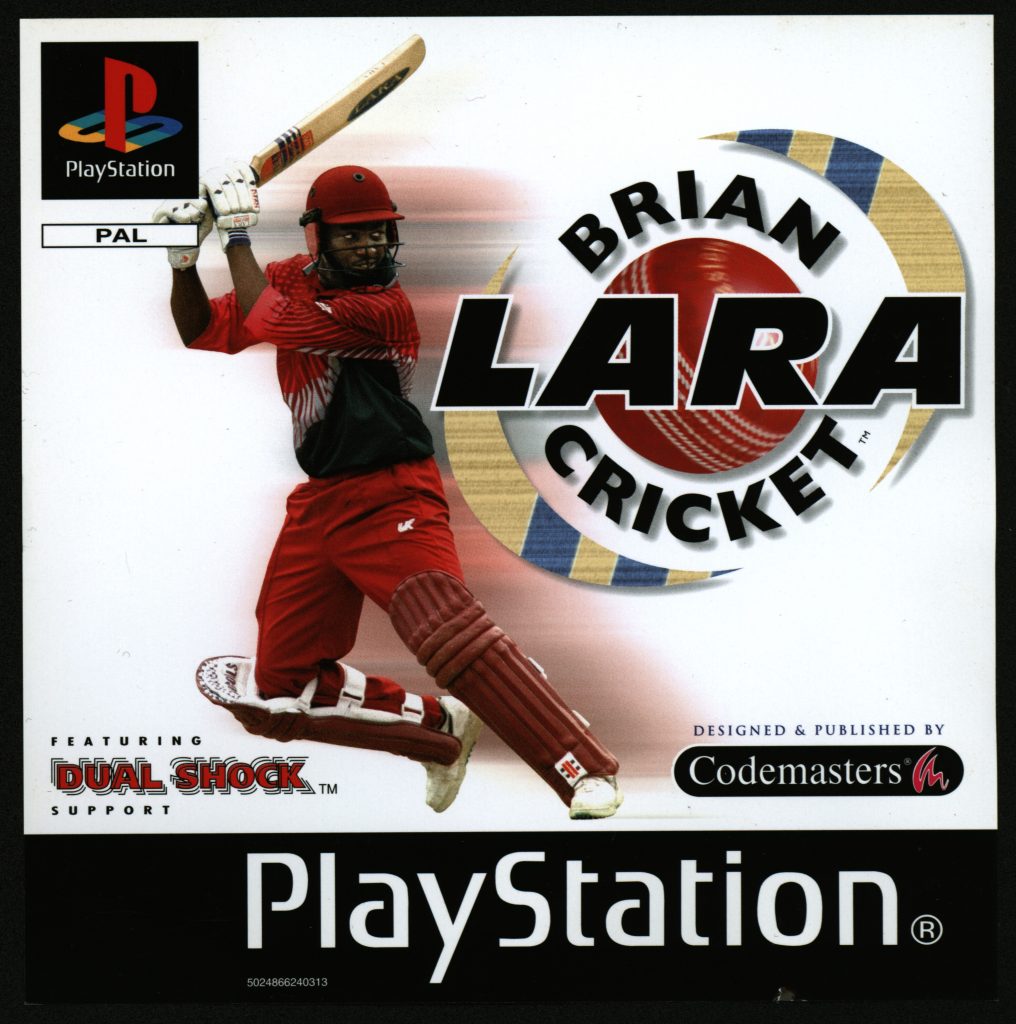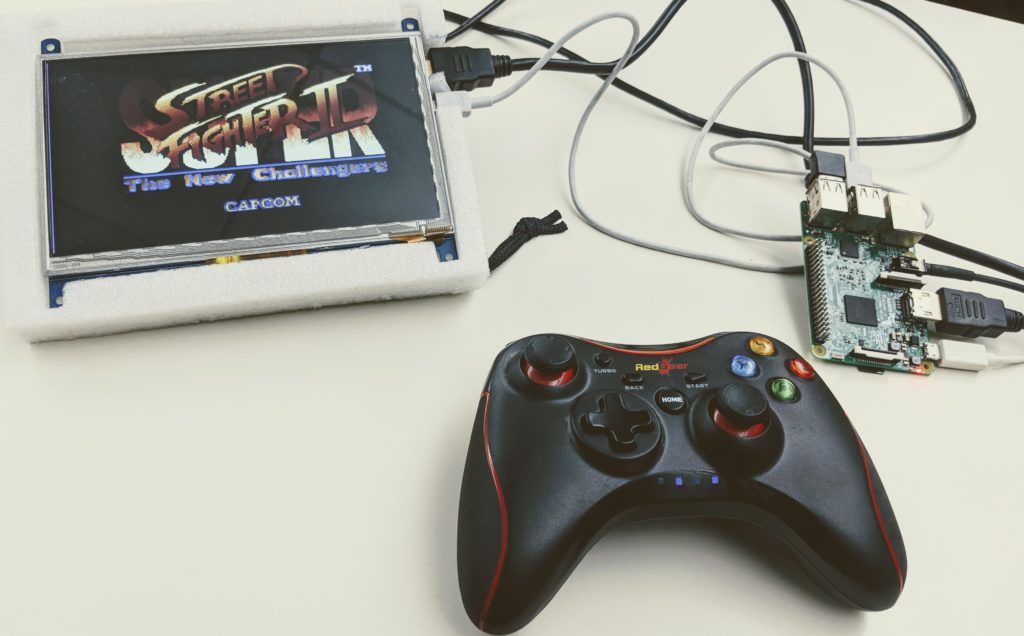I remember seeing an Atari 2600 clone, an NES clone and a PlayStation in the late 90s and was mind blown by those consoles. I mostly saw them at my friend’s place, and although I got to play very little of it, I became a gamer in my mind just watching others play. Pac-Man, Super Mario and a whole collection of games.


Many of the games for these consoles came as cartridges or compact discs, and the best way to buy them were to go to these discreet shops in Kolkata (New Market/AC Market). You would get these pirated games for cheaper than original, which were very hard to get in the Indian markets.
Games such as Brian Lara Cricket and football games like Winning Eleven were an immediate win, and among friends the controller would be passed around to compete against each other. There were also hits like Silent Hill, Tekken and Mortal Kombat.



There was always the alpha, the kid who probably also owned the console and was impossible to beat. That apart, I always dreamt of owning a console and playing games all day. Coming from a middle class Indian family, consoles were an impossibility – Mainly because they were costly and unaffordable. So I went to other kids house to sit and stare at others playing games.
When I got into a job and started earning in the mid 2000s, I finally could afford a console. I got myself a TV and a PlayStation 2. I bought several games like the God Of War, Need for Speed, Grand Theft Auto. Subsequently, over the years, I would go on to buy many of the consoles and handheld devices. I could afford more technology, the more I aged and moved up the corporate ladder.
The graphics of the newer consoles have increased beyond compare. The hardware now more capable, made way to incredible complexity and unique gameplay experiences. However, with all the latest jazz, what I could not get is the joy and experience I enjoyed when I was young. Even though I could get any new console or games, I was beyond the age of feeling it like how I was when I was a kid trying to play the Atari or PlayStation.
So what is the point? An experience is about living the moment. If you feel you want to do something but postpone it – perhaps to when you have money or more time, it would not be the same as when you actually wished to do it. We grow, become disinterested, or simply things change.
